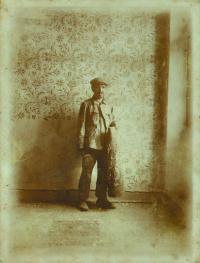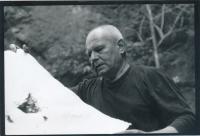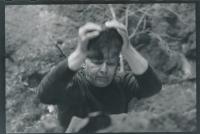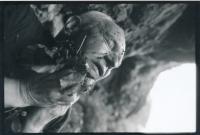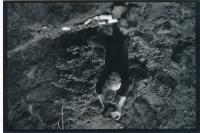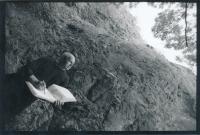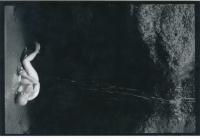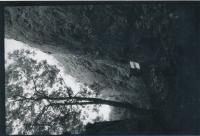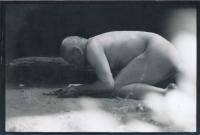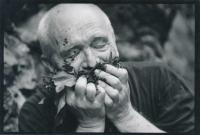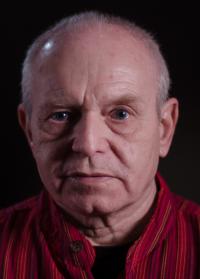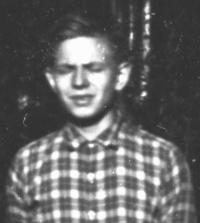I was lying in bed and saw Václav Havel give a speech in front of my paintings
Miloš Šejn was born on 10 August 1947 in Jablonec nad Nisou but has been living in Jičín ever since he was five. His father worked as bookbinder. An introvert and a loner, Miloš was always interested in the nature and at elementary school he made his own copy of a large bird atlas. He graduated from high school of decorative arts in Turnov, specializing in engraving and polishing of gems. He then worked in this field for three years. Meanwhile, he underwent compulsory military service, marking airplanes‘ locations. As a soldier he witnessed the August 1968 invasion of the Warsaw Pact armies. Later, he was accepted to study art history at the Faculty of Philosophy and Arts in Prague. Among his mentors was painter Zdeněk Sýkora. From 1977 to 1990 he worked in a depository of the Regional Gallery in Hradec Králové. He also devoted an increasing amount of time to his own works, often leaving to draw at Prachovské skály or in various caves. He discovered unconventional forms of artistic expression, gradually making use of other media. He also participated in several exhibitions. At the end of the 1980s he co-founded the artists group Měkkohlaví („the Soft-headed“) which emerged as a parody to the shortly before established grouping Tvrdohlaví („the Pig-headed“). He had spent the November 1989 events in bed with flu but his works were exhibited at the Art Gallery U Řečických which was the initial base of the Civic Forum. In early 1990 he had learned about an audition for the job of head of an atelier at the Academy of Fine Arts. He was hired and for the next twenty-one years lead an atelier specialized in conceptual painting. At present he is retired but also works as a freelance artist. He is married and has three children.

